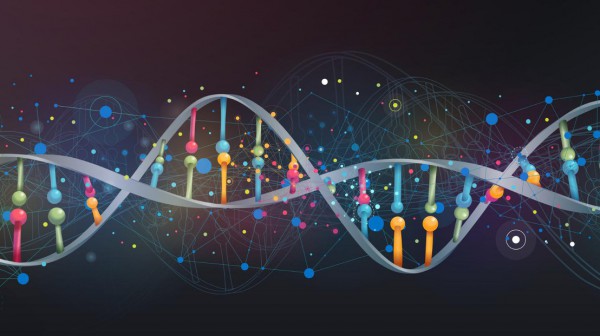New biologically derived metal-organic framework mimics DNA
A team of chemical engineers at EPFL Valais Wallis have synthesized a new biologically-derived MOF that can be used as a “nanoreactor” – a place where tiny, otherwise-inaccessible reactions can take place. Led by Kyriakos Stylianou, scientists from the labs of Berend Smit , deputy director of MARVEL, and Lyndon Emsley constructed and analyzed the new MOF with adenine molecules – one of the four nucleobases that make up DNA and RNA.
The idea behind this was to mimic the functions of DNA, one of which include hydrogen-bonding interactions between adenine and another nucleobase, thymine. This is a critical step in the formation of the DNA double helix, but it also contributes to the overall folding of both DNA and RNA inside the cell.

You can read EPFL journalist Nik Papageorgiou's article on the research here.
The work was funded in part by NCCR MARVEL.
Reference: Samantha L. Anderson, Peter G. Boyd, Andrzej Gładysiak, Tu N. Nguyen, Robert G. Palgrave, Dominik Kubicki, Lyndon Emsley, Darren Bradshaw, Matthew J. Rosseinsky, Berend Smit, Kyriakos C. Stylianou. Nucleobase pairing and photodimerization in a biologically derived metal-organic framework nanoreactor. Nature Communications 08 April 2019. DOI: 10.1038/s41467-019-09486-2
Low-volume newsletters, targeted to the scientific and industrial communities.
Subscribe to our newsletter